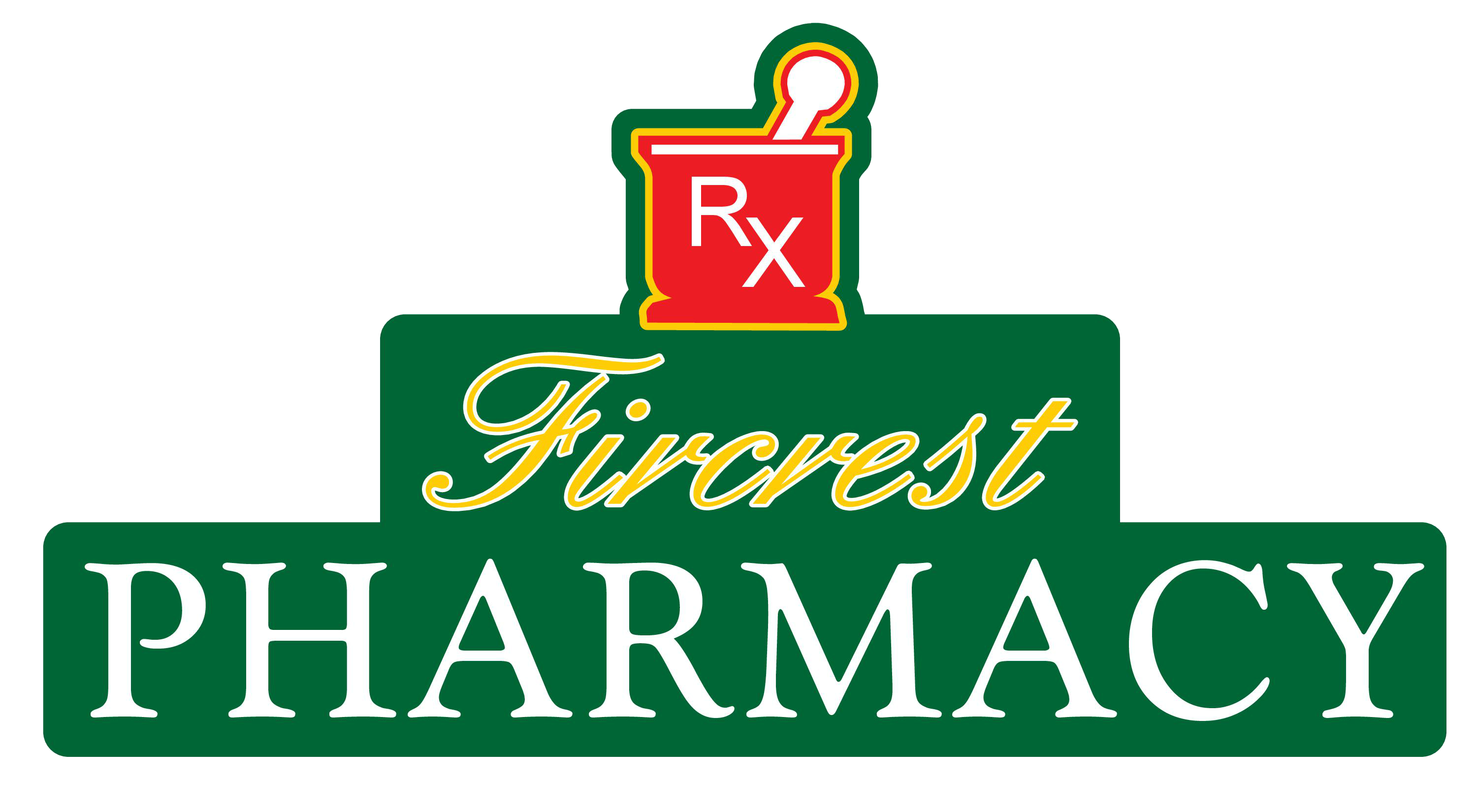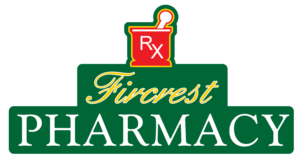Heart disease is a prevalent and potentially life-threatening condition that affects millions of individuals worldwide. Understanding its symptoms, causes, and risk factors is crucial in order to detect and manage the disease effectively. In this article, we will delve into the various aspects of heart disease, including its diagnosis, treatment options, and the lifestyle changes necessary for prevention and management. By providing comprehensive information on this topic, we aim to empower readers to take control of their heart health and make informed decisions regarding their well-being.
1. "Understanding Heart Disease: Symptoms, Causes, and Risk Factors"
Heart disease, also known as cardiovascular disease, refers to a group of conditions that affect the heart and blood vessels. It is one of the leading causes of death worldwide, accounting for millions of deaths every year. Understanding the symptoms, causes, and risk factors associated with heart disease is crucial for early diagnosis and effective treatment.
Symptoms of heart disease can vary depending on the specific condition. However, some common symptoms include chest pain or discomfort (angina), shortness of breath, fatigue, lightheadedness, dizziness, palpitations, and swelling in the legs, ankles, or feet. It is important to note that some individuals with heart disease may not experience any noticeable symptoms, making regular check-ups and screenings all the more essential.
The causes of heart disease can be multifactorial, with a combination of genetic, lifestyle, and environmental factors playing a role. One of the primary causes of heart disease is atherosclerosis, a condition characterized by the buildup of plaque in the arteries. This plaque consists of cholesterol, fat, calcium, and other substances that gradually narrow the arteries, restricting blood flow to the heart. Over time, this can lead to the formation of blood clots, which may block blood flow completely, causing a heart attack or stroke.
Several risk factors increase the likelihood of developing heart disease. Some of these factors can be modified through lifestyle changes, while others are non-modifiable. Non-modifiable risk factors include age, gender (men are more prone to heart disease), and a family history of heart disease. Modifiable risk factors, on the other hand, include high blood pressure, high cholesterol levels, smoking, obesity, diabetes, a sedentary lifestyle, and poor dietary choices
2. "Diagnosing Heart Disease: Tests, Screening, and Early Detection"
Diagnosing Heart Disease: Tests, Screening, and Early Detection
Heart disease is a leading cause of death worldwide, making early diagnosis crucial for effective treatment and prevention. Fortunately, advancements in medical technology have paved the way for a variety of tests and screening methods that aid in the detection of heart diseases. These diagnostic tools enable healthcare professionals to identify potential heart problems, determine their severity, and develop appropriate treatment plans tailored to each individual.
One of the most common tests used to diagnose heart disease is the electrocardiogram (ECG or EKG). This non-invasive procedure measures the electrical activity of the heart and can reveal abnormalities such as irregular heart rhythms (arrhythmias), signs of a previous heart attack, or reduced blood flow to the heart muscles. During an ECG, electrodes are attached to the patient’s chest, arms, and legs, and these electrodes then transmit the heart’s electrical signals to a machine, which generates a graph displaying the heart’s activity.
Another valuable diagnostic tool is the echocardiogram. This test uses sound waves to create images of the heart’s structure and function. By analyzing these images, healthcare professionals can assess the heart’s pumping ability, evaluate the condition of the heart valves, and determine if there are any abnormalities in the heart’s chambers or blood vessels. Echocardiograms are especially useful in diagnosing conditions such as valve disorders, heart failure, and congenital heart defects.
In some cases, a stress test may be recommended to evaluate the heart’s performance during physical activity. This test involves monitoring the heart’s electrical activity while the patient exercises on a treadmill or stationary bike. By increasing the heart rate under controlled conditions, healthcare professionals can detect any abnormalities that may
3. "Treating Heart Disease: Medications, Lifestyle Changes, and Surgical Options"
Treating Heart Disease: Medications, Lifestyle Changes, and Surgical Options
When it comes to managing heart disease, a multi-faceted approach combining medications, lifestyle modifications, and surgical interventions is often necessary. The goal of treatment is to alleviate symptoms, prevent complications, and improve the overall quality of life for individuals living with heart disease.
Medications play a crucial role in the management of heart disease. There are several types of medications prescribed, each targeting different aspects of the condition. For instance, anticoagulants, such as aspirin or warfarin, help reduce the risk of blood clots and subsequent heart attacks or strokes. Beta-blockers are commonly prescribed to control blood pressure and regulate heart rhythm. Other medications, like cholesterol-lowering drugs called statins, help manage high cholesterol levels, which are a major risk factor for heart disease.
In addition to medication, making lifestyle changes is paramount in the treatment of heart disease. Adopting a heart-healthy diet that is low in saturated fats, cholesterol, and sodium can significantly reduce the risk of further complications. Regular exercise is also essential, as it helps improve cardiovascular function, strengthens the heart muscle, and promotes overall well-being. Smoking cessation is another vital lifestyle modification, as smoking damages blood vessels and increases the risk of heart disease.
For certain cases of heart disease, surgical interventions may be recommended. Coronary artery bypass grafting (CABG) is a common procedure performed to improve blood flow to the heart by bypassing blocked or narrowed arteries. Another surgical option is angioplasty, where a catheter is used to insert a small balloon into the blocked artery to widen it and restore blood flow. In some cases, stents,


